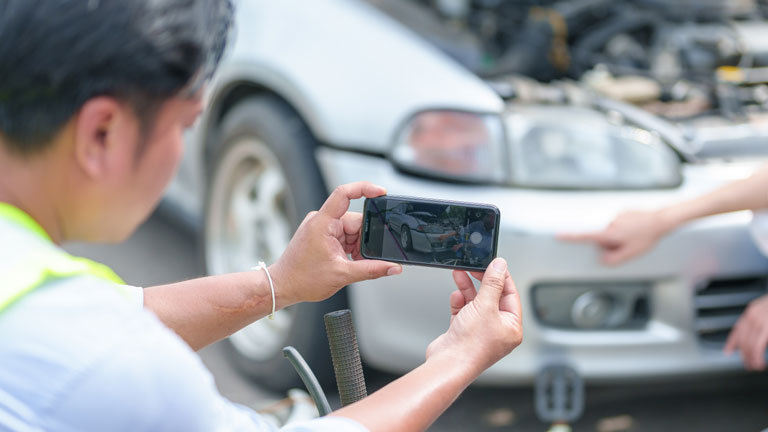
Are you prepared for the unexpected? Accidents happen when we least expect them, and in those moments, it’s crucial to stay calm and collected. Whether it’s a slip and fall, a car crash, or any other personal injury accident, one thing remains constant: the need for solid evidence. In today’s blog post, we’ll be diving into the top methods for collecting evidence that can make all the difference in your case. So grab a notebook and pen because you won’t want to miss these invaluable tips!
Types of Evidence to Collect after an Accident
The most important type of evidence is eyewitness testimony. If you have any witnesses who saw the accident, be sure to get their contact information so that they can be reached for a statement.
Photos and videos can also be very helpful in providing evidence of what happened. If you have photos or videos of the accident scene, be sure to preserve them.
Other types of evidence that can be helpful include medical records, police reports, and insurance information.
Who Can Collect Evidence?
So, who can actually collect this evidence? In most cases, the injured party can collect evidence themselves. This includes things like taking photos of the scene of the accident, getting the contact information of any witnesses, and keeping track of any medical expenses.
If you have an attorney, they may also be able to help with collecting evidence. If you are yet to hire legal aid, this law firm is a great place to start.
The key is to make sure that any evidence you collect is properly documented and stored in a safe place. This will ensure that it can be used to support your claim if necessary.
When to Begin Collecting Evidence
If you have been involved in a personal injury accident, it is important to begin collecting evidence as soon as possible. This will help to ensure that your claim is strong and will give you the best chance of receiving the compensation you deserve.
How to Document Evidence From the Accident Scene
If you or a loved one have been involved in a personal injury accident, it is important to document evidence from the scene of the accident. This evidence can be used to support your claim for damages and help prove who was at fault for the accident. Here are some tips on how to document evidence from the accident scene:
- Take photos or videos of the accident scene. Be sure to include close-ups of any damage to property, injuries, or debris.
- If there are any witnesses, get their contact information so that they can be called upon to testify about what they saw.
- Make note of any environmental factors that may have contributed to the accident, such as poor lighting, slippery surfaces, or obstructed views.
- If you have been injured, get medical attention as soon as possible and keep all documentation of your treatment, including bills and receipts.
- Keep a record of any lost wages or other financial losses you incur as a result of the accident.
Avoid These Mistakes When Collecting Evidence for a Personal Injury Case
Collecting evidence is crucial in building a strong personal injury case. However, many individuals make common mistakes that can undermine their chances of success. To ensure you’re on the right track, here are some pitfalls to avoid when gathering evidence for your personal injury claim.
Firstly, don’t delay documenting the incident and injuries. Time is of the essence, as evidence can deteriorate, and memories can fade. Take photos of the accident scene, injuries, and any property damage as soon as possible.
Secondly, failing to gather witness statements can weaken your case. Obtain contact information from witnesses at the scene and promptly reach out to secure their statements while details are fresh in their minds.
Thirdly, neglecting to preserve physical evidence can harm your claim. Make sure to safeguard damaged items, keep medical records, and retain any torn clothing or other relevant physical evidence.
Lastly, don’t rely solely on memory. Memories can be unreliable and fade over time. Write down the details of the accident, injuries, and subsequent events to create a reliable record.
Conclusion
Personal injury accidents can be stressful and overwhelming, but having the right evidence can help you get the compensation that you deserve. We hope that this article has given you some useful tips on how to collect evidence following a personal injury accident. From medical reports to witness testimonies, we encourage you to use all of these methods when collecting evidence as it will help strengthen your case in court. With the proper documentation and information, your chances of success will increase significantly.




